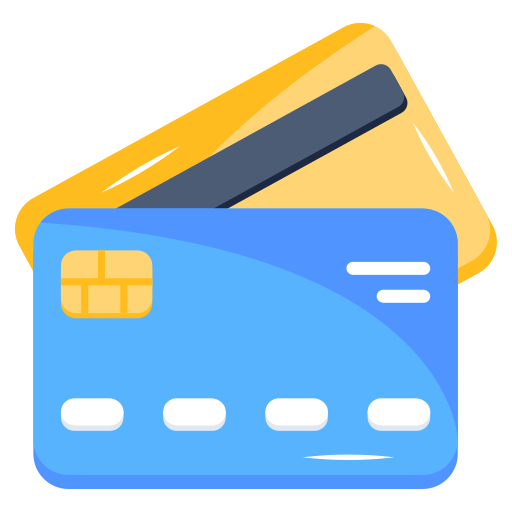BinSearcher Tools
BIN Code checker, searche tool and BIN code to credit card generator
Credit Card Validator
Credit Card Checker
Use our BIN Checker
Credit Card Generator
What Is a Bank Identification Number (BIN), and How Does It Work?
In the world of finance and digital transactions, acronyms and terms often dominate the conversation. One such term is "BIN," which stands for Bank Identification Number. This seemingly simple set of numbers holds significant importance in the world of banking and payment processing. In this article, we'll dive deep into what a Bank Identification Number is and how it works, shedding light on the critical role it plays in ensuring smooth financial transactions.
Understanding the Basics of a Bank Identification Number (BIN)
What is a BIN?
A Bank Identification Number, or BIN, is a unique set of digits that serves as the cornerstone of credit and debit card transactions. It is typically the first six digits of the card number, and each financial institution has its own unique BINs. These numbers are essential for identifying the issuing bank or financial institution, and they provide crucial information about the card.
The Structure of a BIN
A BIN is not just a random assortment of numbers. It follows a specific structure that reveals valuable information about the card. The first digit of the BIN represents the major industry identifier (MII), indicating the type of entity that issued the card. The subsequent digits provide information about the bank, card network, and other details.
How BINs Are Assigned
BINs are assigned by the International Organization for Standardization (ISO). Each financial institution or card issuer receives a unique BIN that distinguishes it from others. This allocation process ensures that every card can be traced back to its issuing entity.
The Role of BIN in Transaction Processing
Authorization and Authentication
When you make a card payment, whether online or at a physical store, the BIN plays a vital role in authorizing and authenticating the transaction. It helps verify that the card is valid and belongs to the issuing bank.
Fraud Prevention
BINs are instrumental in fraud prevention. They allow payment processors to identify suspicious transactions by analyzing the BIN's data. Unusual or unexpected transactions can trigger security measures to protect cardholders from fraud.
Geographic Information
BINs can also provide geographic information about the cardholder's location or the bank's location. This information can be used for various purposes, such as determining currency conversion rates for international transactions.
How Merchants Use BIN Information
Payment Processing
Merchants rely on BIN information to route transactions to the appropriate acquiring bank or payment processor. This ensures that funds are transferred accurately and securely.
Customized Services
BIN data can be used by merchants to offer customized services to their customers. For example, it can help tailor promotions or discounts based on the cardholder's issuing bank.
The Future of BINs
Evolving Technology
As technology evolves, so does the use of BINs. With the rise of contactless payments and digital wallets, BINs continue to play a vital role in ensuring the security and efficiency of financial transactions.
Enhanced Security
In the face of growing cyber threats, BINs are expected to play an even more significant role in enhancing security. Advanced algorithms and machine learning are being employed to detect and prevent fraudulent activities.
Conclusion
In conclusion, a Bank Identification Number (BIN) is a fundamental element of the modern financial ecosystem. It not only facilitates smooth and secure transactions but also plays a crucial role in fraud prevention and customer service. As technology advances, the importance of BINs is only set to grow, making them a cornerstone of the banking and payment industry.
FAQs About Bank Identification Numbers (BINs)
-
What is the significance of the first digit in a BIN?
The first digit of a BIN represents the major industry identifier (MII) and indicates the type of entity that issued the card. It helps classify the card into categories such as banking, finance, or telecommunications.
-
Can a BIN be reused by different banks?
No, each financial institution or card issuer is assigned a unique BIN. This ensures that BINs remain exclusive to their respective institutions.
-
How can I find the BIN of my credit or debit card?
You can usually find the BIN by looking at the first six digits of your card number. Alternatively, you can contact your card issuer for this information.
-
Do BINs change when I get a new card from my bank?
Yes, when you receive a new card from your bank, the BIN may change. This change can occur for various reasons, including reissuing a card for security purposes.
-
Are BINs only used for credit and debit cards?
While BINs are primarily associated with credit and debit cards, they can also be used for other types of payment methods, such as prepaid cards and gift cards.
